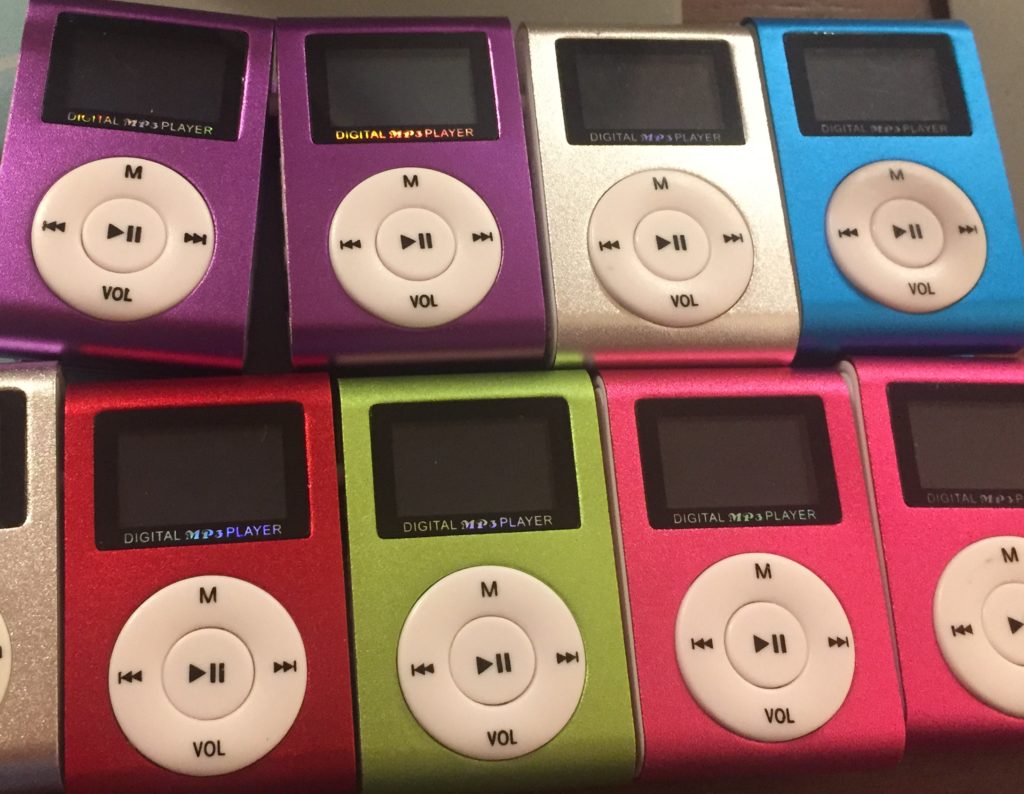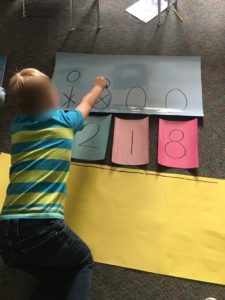I started my teaching career in a Title I school which had adopted SIOP (Sheltered Instruction Observation Protocol) as our primary instructional practice. Part of our funds went to ensuring all teachers were trained in SIOP. The SIOP features are embedded in every lesson I teach. Using SIOP has made me a more thoughtful, better teacher. While there are many lessons and units I am proud of, below you will find my absolute favorites.
Listen to Reading for Fifth Graders

This is not a single lesson, but an ongoing program I created for my fifth grade students. Research has proven that students living in poverty come to school with far less vocabulary than their more privileged counterparts. I saw this disparity everyday in reading with my students.
Listening to fluent reading is a great way to expose students to advanced vocabulary and model good reading. There are hundreds of audiobook programs for K-2, but I couldn’t find anything I liked that would work for me and my students. So… I did it myself. I researched low cost but reliable mp3 players, and began recording myself reading books aligned to our content. I also collected audiobooks of novels at the 5th grade level and a set of the physical books for each audiobook.
Each week, I loaded the mp3’s with the next chapter in out fiction book and a nonfiction book to match our science or social studies book. Students were required to listen to each book and write a response to both. Responses varied throughout the year, but usually centered around the main idea or main event of the text. My students loved it, and I loved that I was able to use my resources to provide something that would benefit their literacy development.
Pebbles, Sand, and Silt

Pebbles, sand, and silt is my favorite second grade science unit. We teach it at the very beginning of the year, and I think it’s a great way to get kids excited about science and learning. So much of the unit is hands on and explorative. At the end of the unit, there is a performance task where students are able to show what they learned. Before every lesson, I read the task so students know what they were working towards. The picture to the left is the task that was hung up and read the whole unit. After teaching the lessons and unpacking the task, students work independently on their posters for multiple days. Check out the work samples below.
Subtracting from 1000

Finding new and inventive ways to teach difficult math concepts is one of my favorite challenges. To the right is the set up for a giant subtraction board I created to make subtracting from 1000 more manageable and much more interactive.
Students already knew how to subtract from the hundreds, so this was really just an extension of that skill. This lesson was taught in small groups of six. The group had only one whiteboard marker, and the only student who could talk was the student holding the marker (unless the student asked for help). Each student was responsible for doing and explaining one step of the subtraction problem. It was an awesome way to get everyone involved.



